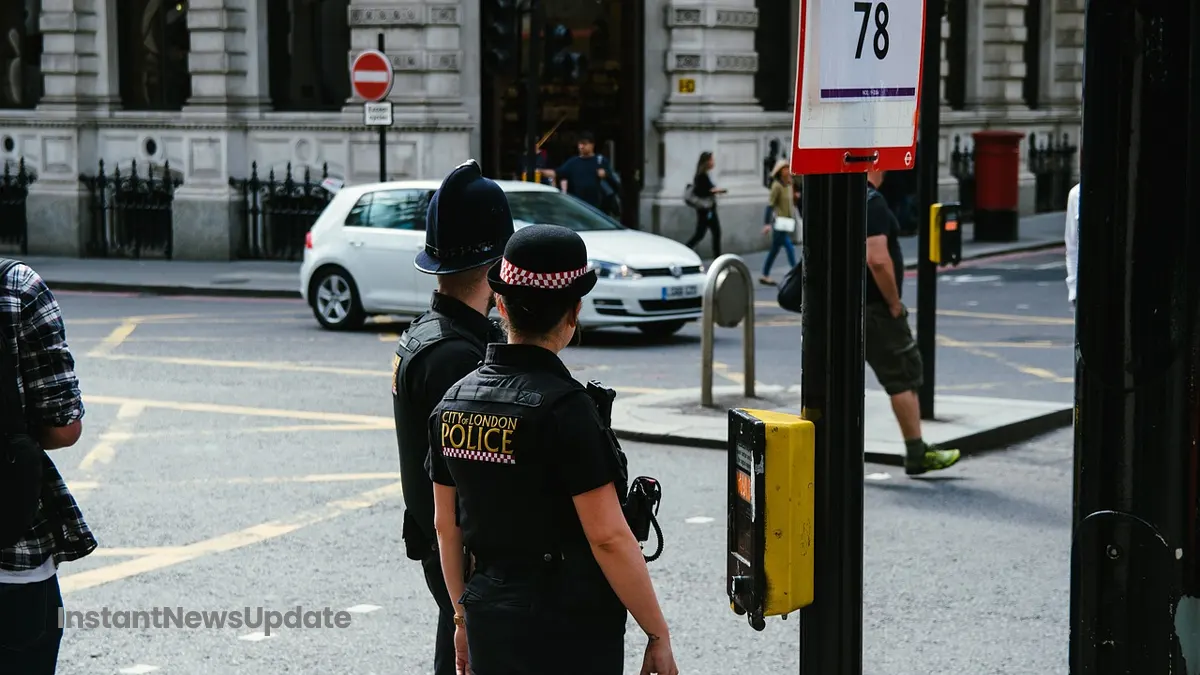Introduction
As Parliament prepares to reconvene, the pressing issue of unstable concrete in schools takes center stage on the legislative agenda. The Department for Education (DfE) has announced that Education Secretary Gillian Keegan will address Parliament regarding the strategy for keeping parents and the public informed about the ongoing crisis. This article provides a comprehensive update on the situation, highlighting the government’s response and opposition demands for transparency.
Labour’s Push for Disclosure
The Labour Party is poised to take action by calling for a parliamentary vote compelling the Government to disclose the full extent of the impact of reinforced autoclaved aerated concrete (Raac) on public buildings, especially schools. While the Government has committed to publishing a list of affected schools “in due course,” Labour intends to employ an arcane parliamentary mechanism known as a “humble address” to expedite the release of this critical information.
Escalating Concerns
The Department for Education disclosed that they have reached out to an additional 104 schools after 52 of the 156 educational settings containing the unstable concrete implemented precautionary measures in 2023. Although the precise figures remain unconfirmed, it is estimated that approximately 24 schools in England have been compelled to close entirely due to the presence of Raac.
Opposition’s Call for Urgent Action
Schools minister Nick Gibb acknowledged the possibility of further closures, prompting Labour to demand an “urgent audit” of the public sector estate to assess the material’s impact. Shadow education secretary Bridget Phillipson emphasized the need for transparency and warned of a parliamentary vote if the Government continues to withhold crucial documents.
Affected Schools in Essex and Beyond
Reports indicate that numerous schools in Essex have been affected, including Clacton County High School, Kingsdown School in Southend, and East Tilbury Primary School, among others. Schools beyond Essex, such as St Thomas More Catholic Comprehensive, Eltham, Corpus Christi Catholic School in Brixton, and St Gregory’s Catholic Science College in Brent, have also felt the impact of Raac.
DfE’s Response
The Department for Education defended its timeline, stating that schools require time to inform parents and determine their next steps before the list of affected schools is released. The department expressed gratitude to school leaders for their collaborative efforts in minimizing disruptions and facilitating remote learning when necessary.
Mitigation Measures
In newly issued guidance, the DfE recommended the use of nearby schools, community centers, or empty local office buildings during the initial weeks while structural supports are installed to mitigate the risk of collapse. The move to remote education is considered a last resort and for a short period, as stated in the guidance.
Wider Concerns and Implications
Experts warn that the Raac crisis may extend beyond the education sector, affecting healthcare facilities, courts, and offices. Chairwoman of Parliament’s Public Accounts Committee Dame Meg Hillier underscores the broader issue of crumbling public buildings, describing the condition of some structures as “jaw-dropping.”
Conclusion
With pressure mounting on the Government, the demand for transparency regarding Raac-affected schools continues to gain momentum. As Parliament reconvenes, the nation anticipates a resolution to this critical issue that impacts the safety and education of our children.








